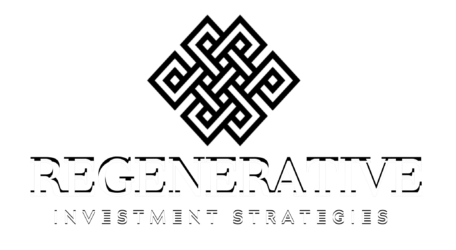Transparency and measurement are critical evaluative factors in the consideration of the ESG attributes of securities and issuers. There is a demonstrable correlation between a lack of transparency and poor performance on sustainability factors and to some degree financial factors as well (for public reporting entities and issuers). As more and more asset managers join the marketplace with varying degrees of commitment to sustainability in their operations and their investment strategies, clients and gatekeepers are looking beyond self-identification or a third-party rating to qualify a manager for an ESG or ESG-adjacent allocation. Basically, what is sauce for the goose is now sauce for the gander. The expectation is that managers that hope to be included in ESG searches and receive ESG allocations must deliver not just committed marketing language but a public commitment to one or more sustainability and impact frameworks as well as institutionalized transparency, measurement and reporting on performance relative to those frameworks and commitments.
Pledges, Commitments, Memberships and Being a Signatory
Joining or affiliating with an organization which exists to promote best practices in sustainable business, economic, social and environmental justice, etc. may entail making a declaration or pledge or becoming a public signatory. For some organizations, the pledge (and usually a membership fee) are sufficient, and involvement and engagement are purely discretionary. Other organizations, like the United Nations Principles for Responsible Investment, have taken steps to require measurement and reporting of progress toward and promotion of their mission and goals.
Sustainability and Impact Reporting
In addition to membership organizations and certifications that have threshold requirements for reporting, asset owners and their trusted advisors and gatekeepers are increasingly looking for a wide range of reporting, both through industry-level databases as well as direct and custom. Reporting expectations range from the quantitative, like total GhG emissions across a portfolio, to the qualitative, like protecting indigenous rights. The best reporting satisfies the need for measurement through analytics and databases and also the need for the narrative which allows for a more purposeful and even intimate connection. Asset owners are also looking for clearer visibility on positive change as a consequence of their capital allocation decision, be it jobs created or gallons of fresh water pumped or individuals freed from debt bondage.
How RIS Helps
Our approach to building out a firm’s reporting protocol brings together the meeting of marketplace expectations with an authentic framework which truly reflects the philosophy and process of the asset manager. The point is not to airbrush firms and portfolios to make them wholesome from an ESG point of view, but to provide an honest and detailed depiction of how the firm sees its approach to ESG playing out in its operation of the business as well as the portfolios. RIS believes, with very few exceptions, there is no absolute right or wrong, and solid reporting tells the story according to how the firm views and acts on these topics. The other critical area in which RIS assists is in creating the translation matrix between the firm’s approach and how the market views them. As the industry takes up more standardized approaches to data, reporting and materiality, we assist a client firm in telling their story as it may be defined by the Sustainability Accounting Standards Board (SASB), the UN Principles for Responsible Investment (UN PRI), the GIIN IRIS+, SFDR Article 8/9, and other organizations and frameworks helping to give the industry a common lingua franca for sustainability and impact.

